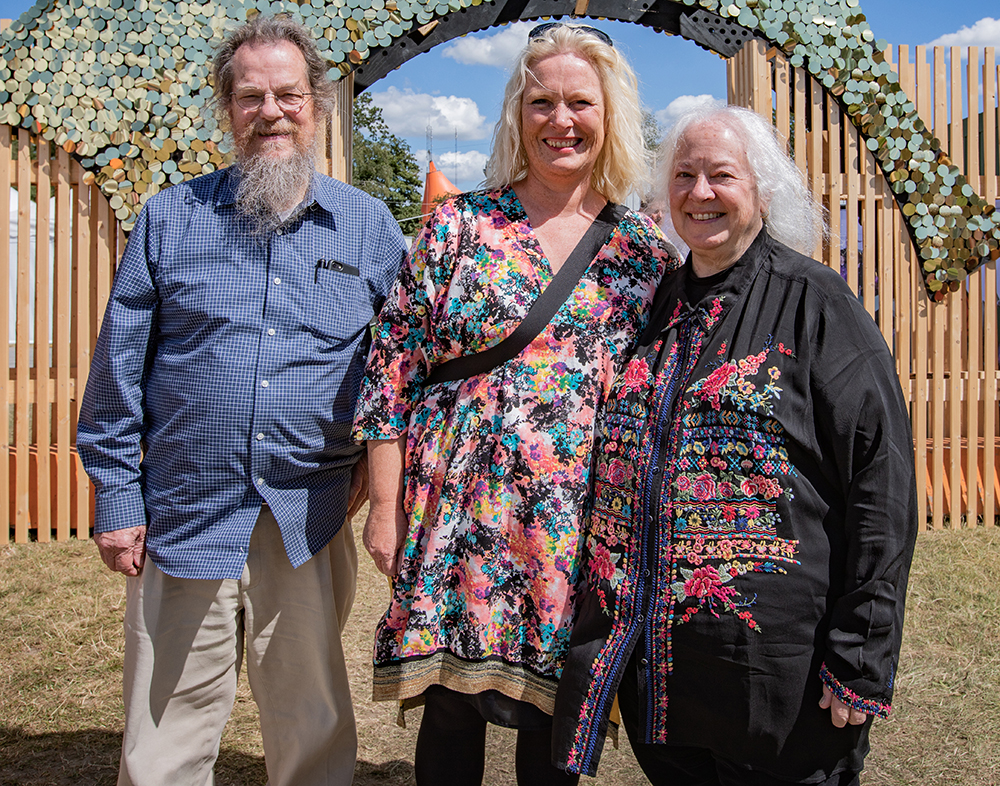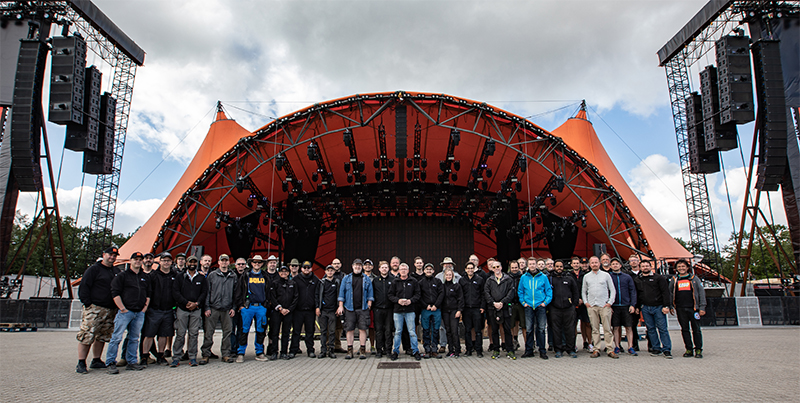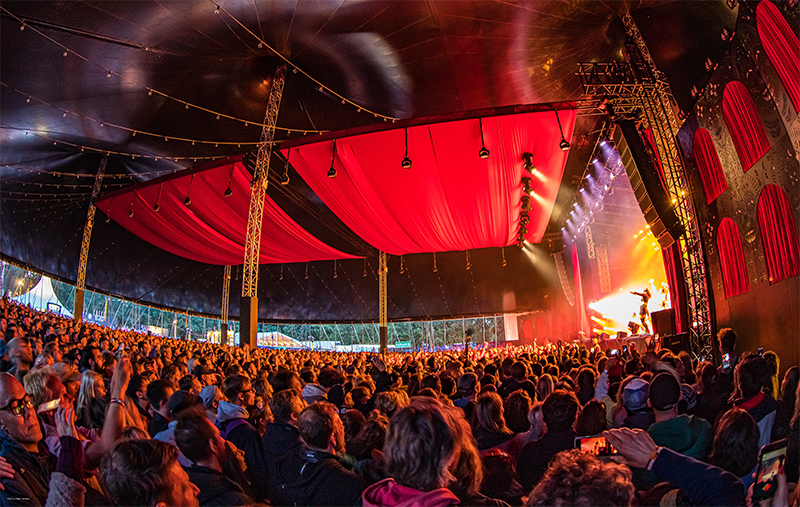Meyer Sound recently returned to Denmark as the exclusive sound provider for the Roskilde Festival, Northern Europe’s largest and longest-running music festival, marking the second year of a five-year partnership that aims to leverage the strengths of the iconic music festival and the supplier of professional audio systems to elevate the festival experience.
This year’s events took place over eight days and showcased nearly 180 acts on eight stages — from big-name headliners Cardi B, Bob Dylan, Travis Scott, Janelle Monáe, Robert Plant, and Wu-Tang Clan to Scandinavian superstars Robyn and MØ, to emerging regional artists, performing to daily crowds topping 130,000.
The festival, which operates as a non-profit foundation, is a celebration of community and solidarity, fostering support of humanitarian and cultural organizations in Denmark and beyond. (Since its inception, the Roskilde Festival Charity Society has generated more than $58 million for charities around the globe.)
“This is a festival with a heart,” says Helen Meyer, executive vice president of Meyer Sound. “They really care about what it feels like for everyone and they’re willing to really do things differently than anyone else, and for us that’s very, very exciting.”
The partnership is a year-round collaboration focusing on education initiatives, R&D, and large-scale festival management, with the event serving as both a technology showcase and a living laboratory where research efforts focus on sound propagation and management techniques.

With a total area stretching more than 2,500,000 square meters — the equivalent of 350 football fields — there’s a lot of ground to cover at Roskilde, and a lot of potential cross-talk between stages that needs to be controlled. Nearly 1,000 Meyer Sound loudspeakers, supplied by European AVL integrator Bright Group, were deployed across all festival stages and performance spaces, from the 1,000-capacity Gloria stage to the iconic Orange main stage, with its staggering 60,000 capacity.
LEO Family systems were in prevalence. “The LEO Family was developed to create an idea that linear theory applied to systems like these would mean that you could do a variety of stages with different kinds and sizes of equipment and keep the same sound,” says Meyer Sound president and CEO John Meyer. “This allows people to understand you don’t have to run it so loud all the time. What we’re trying to show here is that the sound system should be transparent.”
The Roskilde stages were powered by the entire LEO Family, including LINA, LEOPARD, LEO and LYON arrays, and 750-LFC, 900-LFC, and 1100-LFC low-frequency control elements, with VLFC very low-frequency control elements adding further low-end impact.
Numerous point source loudspeakers including UPA-1P and the new ULTRA-X40 — which was also used as main field monitors at front of house — provided delay and front fill support, while MJF-210s served as stage monitors. Network processing was handled by Galileo GALAXY processors.
Technical teams from Meyer Sound, Bright, and the Roskilde Festival collaborated on sound system design and deployment, drawing from previous successes to improve overall performance. This year, advancements ranged from enhanced AVB control to new PA configurations. “All the lessons learned from 2018, we’ve taken directly into 2019,” says Roskilde production head Lars Liliengren. “We are actually kicking off at a much higher level, even from the beginning.”

Other new tech initiatives included implementing an innovative subwoofer array at the Orange stage and significantly reducing leakage at Gloria.
“We were able to apply our learnings from last year to make meaningful strides going into year two. Last year, we had the normal end-fire subwoofer array flown,” says Dennis Tholema, Meyer Sound Senior Technical European Support. “This year, it’s a gradient end-fired subwoofer array, which is upward-staggered and down-steered to be able to get the maximum cancellation on the stage and backstage, which was the wish of festival production.
“We achieved a reduction of around 17 dB,” Tholema continues. “So it was very, very quiet onstage. At Gloria, we used gradient setups of two band-limited UPQ-1Ps behind each line array to reduce low-mid and low-end leakage from the arrays on stage.”




















